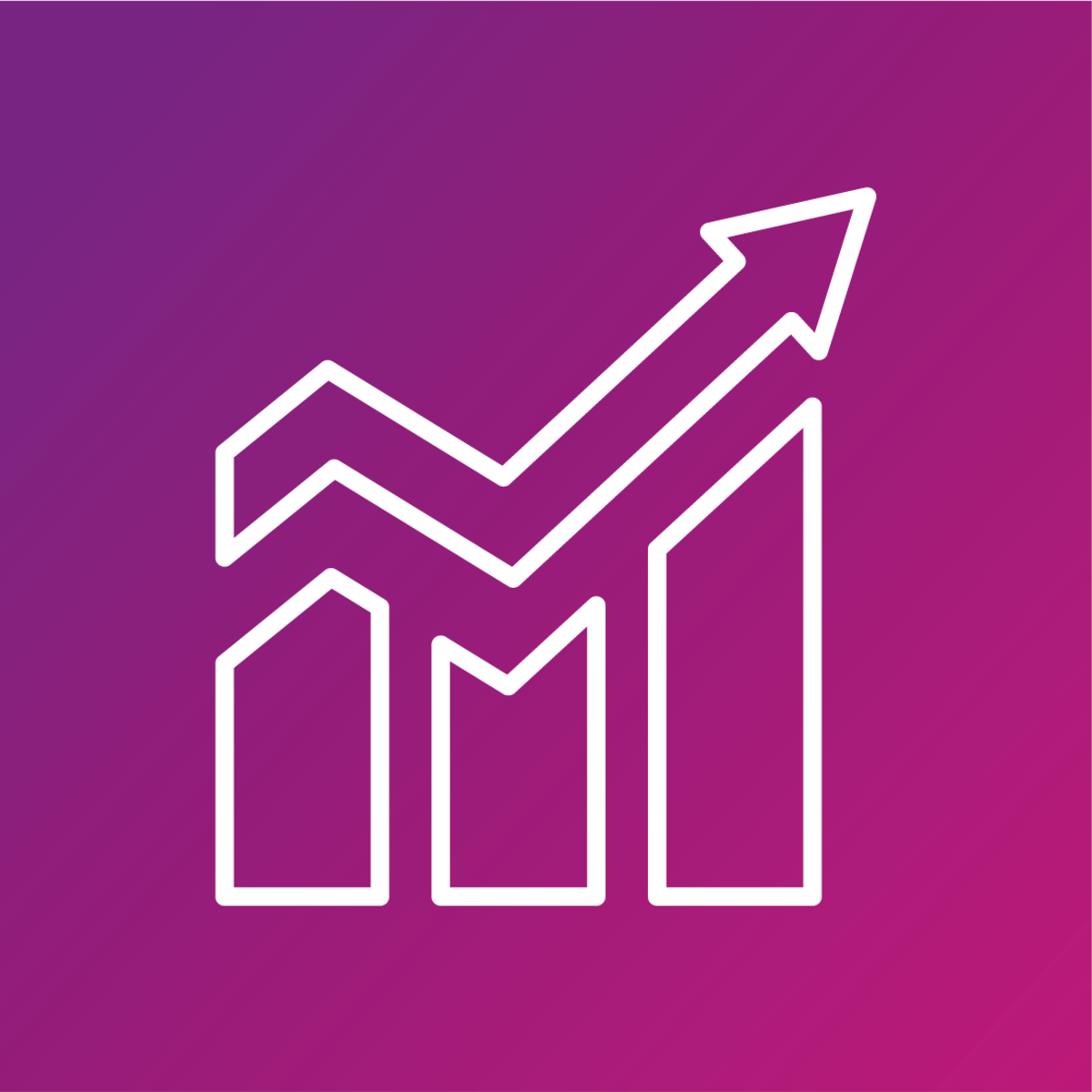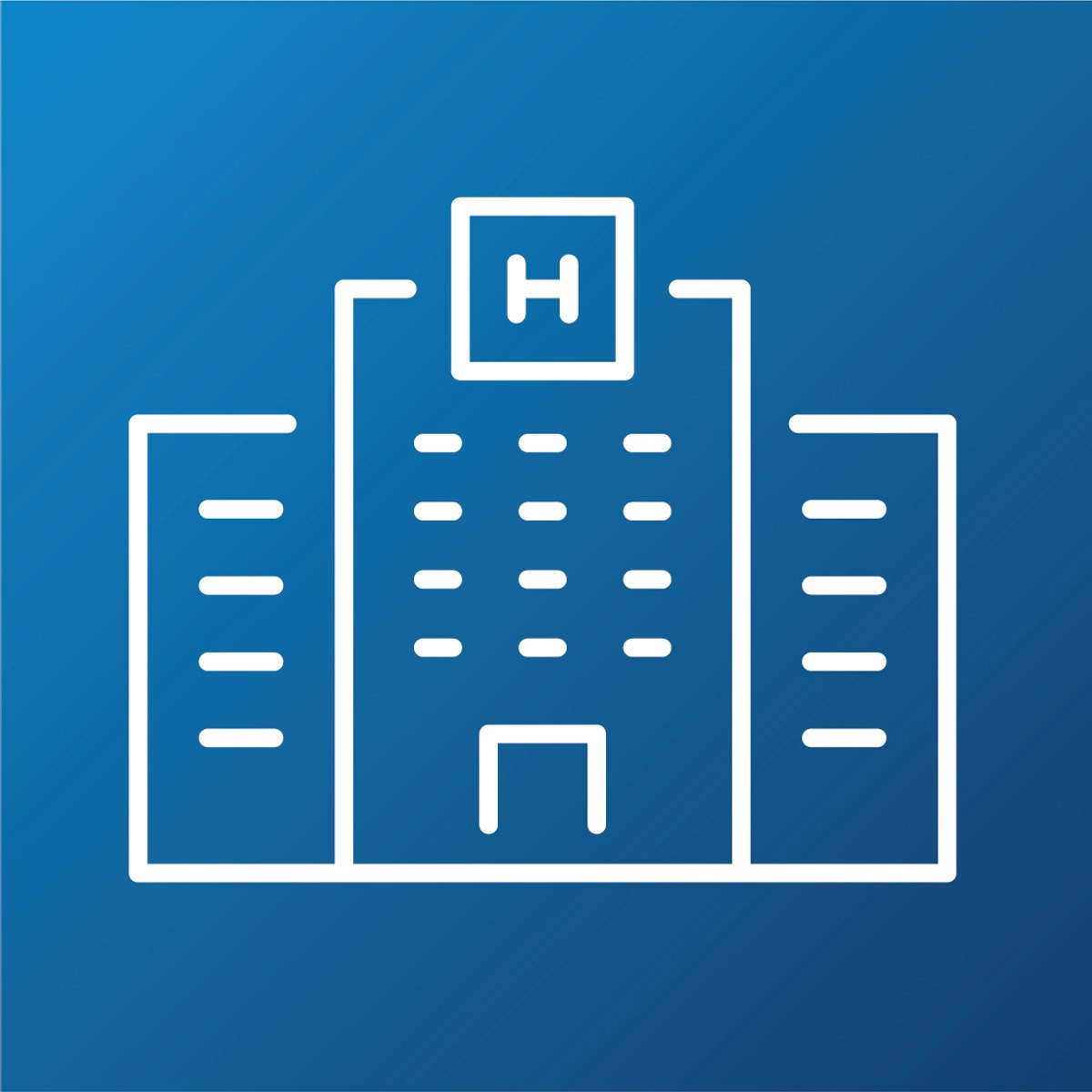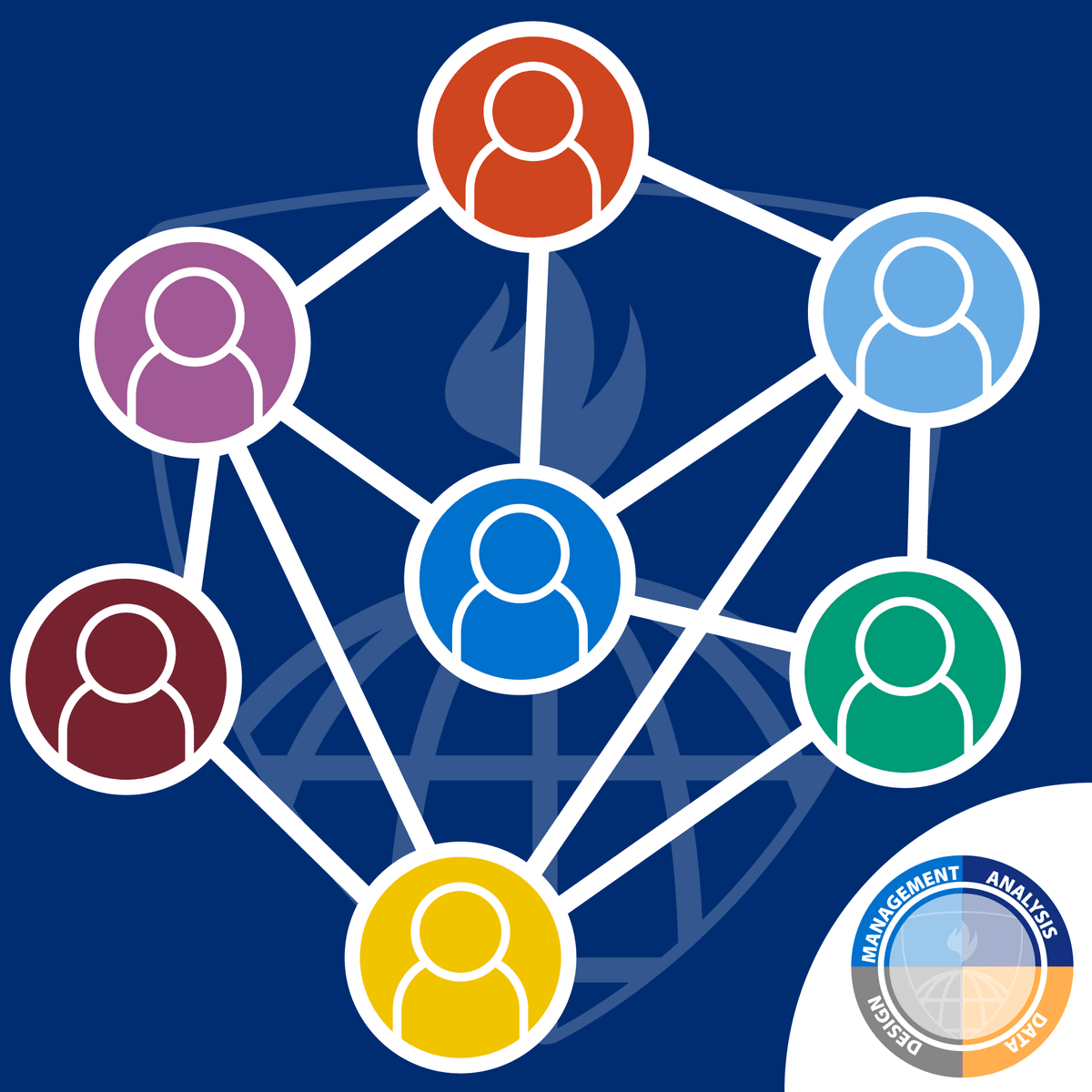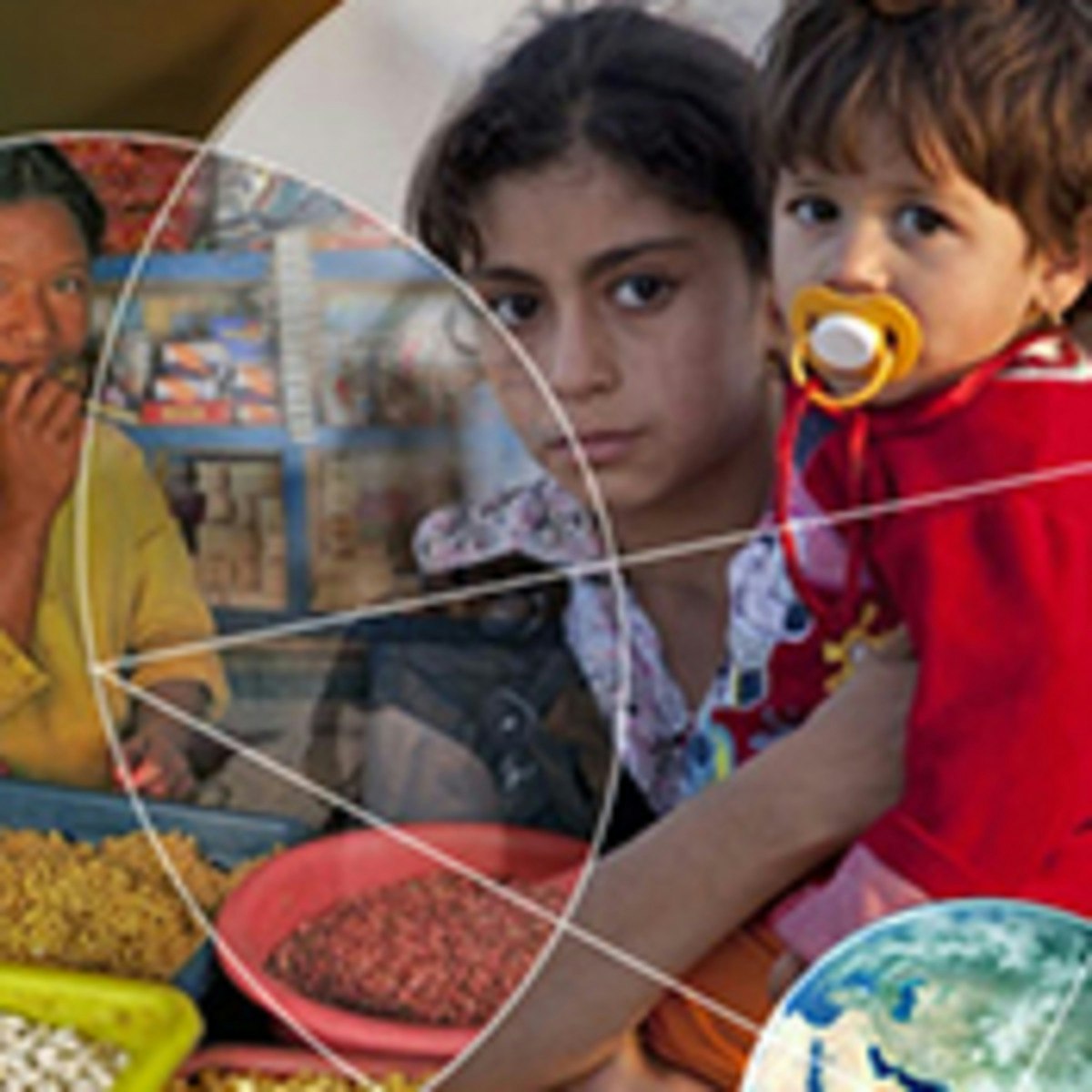Back to Courses









Public Health Courses - Page 3
Showing results 21-30 of 196

Global Disease Masterclass: Global Disease Distribution
The Global Diseases Masterclass is part of the full-degree Masters of Public Health that the School of Public Health. By the end of this specialisation, our aim is that students will be able to critically apply epidemiological concepts to major global diseases and be able to appraise and recommend policy options to combat them.
Global Diseases Masterclass: Global Disease Distribution
In this course, we will introduce students to the most important trends and pattern in health and disease on a global scale. We will look at how health has improved over time, examine the trends for the future and look at between and within-country inequality in health. We will look at the methods that lie behind those statistics and think about different ways in which health can be conceptualised and measured. The course ends by considering the reason that might lie behind the patterns that we’ve pointed out and introducing the distinction between direct and structural interventions.The course ends by considering the reasons that might lie behind the patterns that we’ve described and introducing the concept of structural interventions.

Logistic Regression in R for Public Health
Welcome to Logistic Regression in R for Public Health!
Why logistic regression for public health rather than just logistic regression? Well, there are some particular considerations for every data set, and public health data sets have particular features that need special attention. In a word, they're messy. Like the others in the series, this is a hands-on course, giving you plenty of practice with R on real-life, messy data, with predicting who has diabetes from a set of patient characteristics as the worked example for this course. Additionally, the interpretation of the outputs from the regression model can differ depending on the perspective that you take, and public health doesn’t just take the perspective of an individual patient but must also consider the population angle. That said, much of what is covered in this course is true for logistic regression when applied to any data set, so you will be able to apply the principles of this course to logistic regression more broadly too.
By the end of this course, you will be able to:
Explain when it is valid to use logistic regression
Define odds and odds ratios
Run simple and multiple logistic regression analysis in R and interpret the output
Evaluate the model assumptions for multiple logistic regression in R
Describe and compare some common ways to choose a multiple regression model
This course builds on skills such as hypothesis testing, p values, and how to use R, which are covered in the first two courses of the Statistics for Public Health specialisation. If you are unfamiliar with these skills, we suggest you review Statistical Thinking for Public Health and Linear Regression for Public Health before beginning this course. If you are already familiar with these skills, we are confident that you will enjoy furthering your knowledge and skills in Statistics for Public Health: Logistic Regression for Public Health.
We hope you enjoy the course!

Introduction to Quality Improvement in Healthcare
This course introduces you to the concepts, theories and application of Quality Improvement (QI) in healthcare from a global perspective. You will hear from patients, clinicians and academics what quality improvement means to them, and how they work together to deliver change. Studying the challenges, they faced and strategies they utilised to overcome those challenges, you will learn to apply and critique core QI methods, from experts in the field.
By the end of this module you will be able to:
1. Recognise the characteristics of different approaches to quality improvement in order to critique them and make decisions as to when to deploy them.
2. Explain the necessary components of a structured approach to quality improvement in order to apply key quality improvement methods to support the planning, design, implementation and evaluation of improvement efforts.

Essentials of Global Health
Essentials of Global Health is a comprehensive introduction to global health. It is meant to introduce you to this topic in well-structured, clear and easy to understand ways. Much of the course will focus on five questions: What do people get sick, disabled and die from; Why do they suffer from these conditions? Which people are most affected? Why should we care about such concerns? What can be done to address key health issues, hopefully at least cost, as fast as possible, and in sustainable ways? The course will be global in coverage but with a focus on low- and middle-income countries, the health of the poor, and health disparities. Particular attention will be paid throughout the course to health systems issues, the linkages between health and development, and health matters related to global interdependence. The course will cover key concepts and frameworks but be practical in orientation.
ESSENTIALS OF GLOBAL HEALTH WAS PRODUCED IN PART DUE TO THE GENEROUS FUNDING OF THE DAVID F. SWENSEN FUND FOR INNOVATION IN TEACHING.
-------------------------------------------------------------------------------------------------------------------------------------------------------
Course Learning Objectives
By the end of the course, learners should be able to:
• Articulate key public health concepts related to global health;
• Analyze the key issues in global health from a number of perspectives;
• Discuss with confidence the burden of disease in various regions of the world; how it varies by sex, age, and location; key risk factors for this burden; and how the disease burden can be addressed in cost-effective ways;
• Assess key health disparities, especially as they relate to the health of low-income and marginalized people in low- and middle-income countries;
• Outline the key actors and organizations in global health and the manner in which they cooperate to address critical global health concerns;
• Review key global health challenges that are likely to arise in the coming decades.
-------------------------------------------------------------------------------------------------------------------------------------------------------
Value Added of the Course
The course seeks to add special value by being comprehensive, by handling each topic in a consistent framework, and by helping learners gain an understanding of well grounded approaches to assessing global health issues and what can be done to address them.
-------------------------------------------------------------------------------------------------------------------------------------------------------
The Readings and other materials for Essentials of Global Health
For almost every session of Essentials of Global Health, you will see:
- Required readings
- Recommended readings
- Recommended videos
We have selected a small number of readings for each session that are central to understanding the content of the session. We have put these under “required readings”.
For each required reading, we have also indicated how carefully you should read the material and on what parts of the material you should focus your attention.
In addition, we have selected some additional readings that would be very helpful to your understanding the content of each session.
The first is a textbook, Global Health 101, third edition. This is a comprehensive introductory textbook that closely follows the content of this Essentials of Global Health course. We have indicated for each session what part of the book you should read. Using this textbook can be very valuable to your mastering the content of the course.
The second set of “recommended readings” is some additional readings, mostly from journal articles and reports. For these, too, we have indicated how carefully you should read the material and on what parts of the material you should focus your attention.
Learners should note that to access articles from The Lancet they will have to register with the Lancet, if they do not have online access to a library that has The Lancet. Once they are registered, they will be able to sign into The Lancet and access all of its free articles.
We have also indicated for most sessions one or two videos that relate to the topic of the session. These are meant to help the learner get a better feel for the topic which is being covered. Most learners will find the videos brief, easy and enjoyable to watch, and very enlightening.

Finding Purpose and Meaning In Life: Living for What Matters Most
Welcome to Finding Purpose and Meaning in Life: Living for What Matters Most!
In this course, you’ll learn how science, philosophy and practice all play a role in both finding your purpose and living a purposeful life. You will hear from historical figures and individuals about their journeys to finding and living a purposeful life, and will walk through different exercises to help you find out what matters most to you so you can live a purposeful life.
As an added benefit, you will also have complimentary access, for a period of time, to the Purposeful App. This groundbreaking mobile and desktop app is designed to help you build a purposeful rhythm into each day, so you can bring your best self to what matters most. Look for more information in Week 1 of the course!
By the end of this course, you will:
1. Understand that having a strong purpose in life is an essential element of human well-being.
2. Know how self-transcending purpose positively affects well-being.
3. Be able to create a purpose for your life (don't be intimidated, this is different from creating "the purpose" for your life).
4. Apply personal approaches and skills to self-change and become and stay connected to your purpose every day.
We are thrilled that you are here! We look forward to hearing and learning from you throughout this course!

Breastfeeding: Public Health Perspectives
Engaging in this course will provide you with the opportunity to think about breastfeeding and its public health implications. The Socio-Ecological Model will be the framework of the course as we think about how each level of the Model (individual, interpersonal, community, organizational, and public policy) impacts breastfeeding practices in the United States, and globally.
Through short video lectures you will be introduced to relevant topics related to the public health perspectives of breastfeeding such as the maternal and child short- and long-term health benefits, economic and environmental impacts, the state of health profession curricula surrounding breastfeeding education, and breastfeeding practices of the LGBTQ+ community.
You will apply this knowledge to critique breastfeeding literature, create a breastfeeding budget for a particular breastfeeding parent persona, and design an education material to promote breastfeeding. As you complete this course, you should feel confident in identifying the barriers to successful breastfeeding practices and understand how adequate breastfeeding will impact population health.

Impacting the Opioid Crisis: Prevention, Education, and Practice for Non-Prescribing Providers
This course will empower non-prescribing providers to directly impact the ongoing opioid crisis in the United States through increased knowledge and tools that will transform practice and policies. The course will inform you about the opioid epidemic and provide information and research about evidence-based strategies that are focused on prevention, intervention, education, or policy.
This open learning course is designed primarily for non-prescribing healthcare, behavioral health, dental and social services professionals, as well as graduate-level students in these fields. Other individuals may also benefit from this course such as educators and physicians.
As a learner, you have the ability to select any or all of the modules and topics that interest you. You can complete the course in a linear or non-linear structure according to your preferred viewing order. This course is taught by experts in the field of opioid prevention, intervention, treatment, and policy. Through lectures, panels and interviews, knowledge checks and quizzes, and additional readings and activities, you can explore topics that are most relevant to your work or practice.
The course was developed by three University of Michigan programs, including the Institute for Healthcare Policy and Innovation (IHPI), Michigan-Opioid Prescribing Engagement Network (Michigan OPEN) and the CDC-funded University of Michigan Injury Prevention Center.
The course consists of 6 “lessons” or modules of varying length, for a total commitment of about 15 hours.
Clinical Trials Analysis, Monitoring, and Presentation
In this course, you’ll learn more advanced operational skills that you and your team need to run a successful clinical trial. You’ll learn about the computation of sample size and how to develop a sample size calculation that’s suitable for your trial design and outcome measures. You’ll also learn to use statistical methods to monitor your trial for safety, integrity, and efficacy. Next, you’ll learn how to report the results from your clinical trials through both journal articles and data monitoring reports. Finally, we’ll discuss the role of the analyst throughout the trial process, plus a few additional topics such as simulations and adaptive designs.

An Introduction to Global Health
This course will provide you with an overview of the most important health challenges facing the world today. You will gain insight into how challenges have changed over time, we will discuss the likely determinants of such changes and examine future projections. Successful international strategies and programs promoting human health will be highlighted and global health governance structures will be mapped and the role of the key actors explored.
Measuring and Maximizing Impact of COVID-19 Contact Tracing
This course aims to provide managers and developers of contact tracing programs guidance on the most important indicators of performance of a contact tracing program, and a tool that can be used to project the likely impact of improvements in specific indicators. Students who complete the course will be proficient in using the Contact Tracing Evaluation and Strategic Support Application (ConTESSA) to estimate the impact of their contact tracing program on transmission and strategizing about how to increase their program’s impact. A secondary audience for the course will be decision makers interested in knowing more about the characteristics of effective contact tracing programs, and strategies to improve.
The course is designed for individuals who are already leading contact tracing programs who have significant experience with epidemiology and public health. We strongly recommend completing this course on a laptop or a desktop rather than a phone as you’ll need to complete worksheets and open the course and the application simultaneously.
Popular Internships and Jobs by Categories
Find Jobs & Internships
Browse
© 2024 BoostGrad | All rights reserved